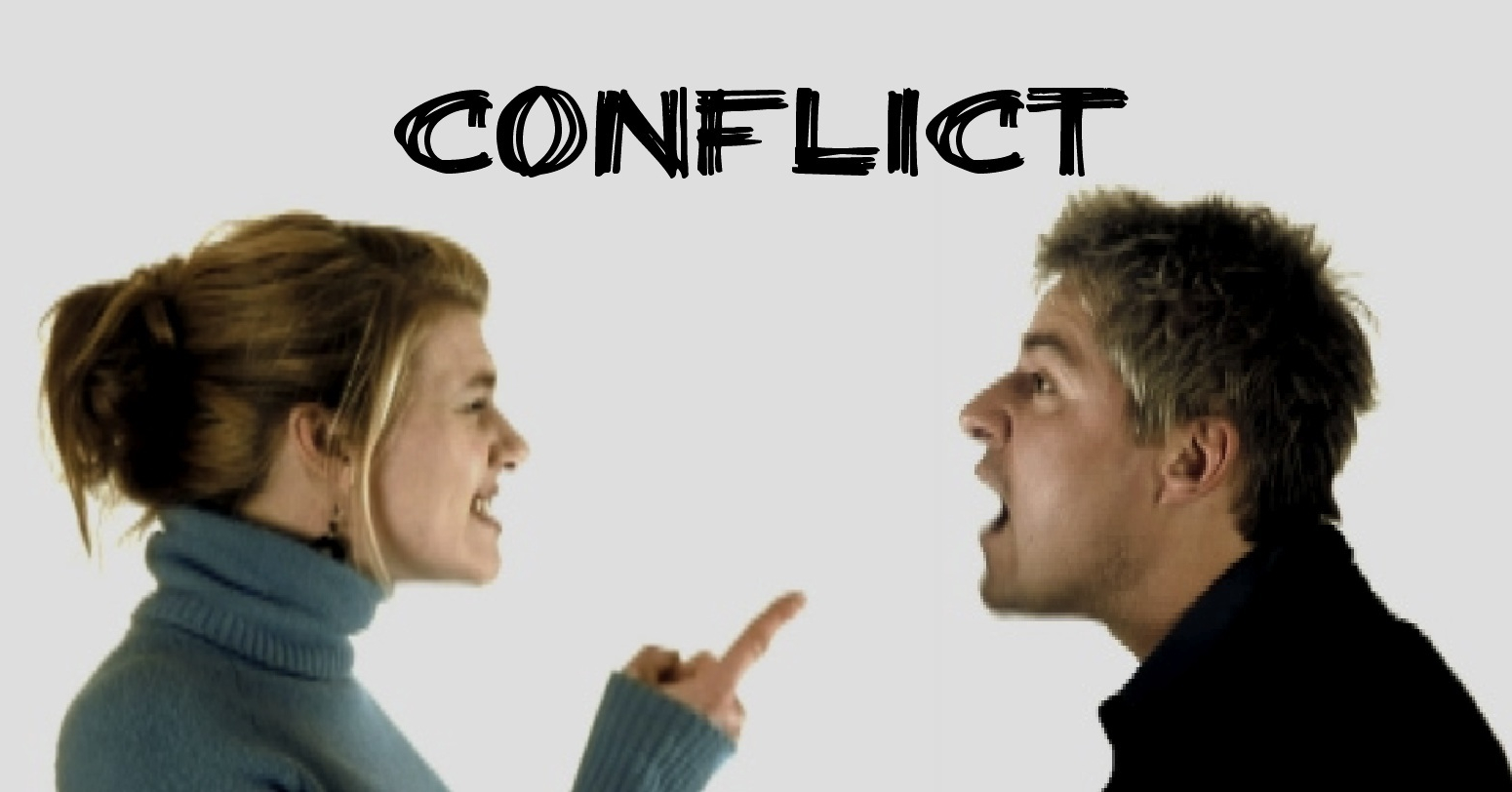Essay on the Different Types of Conflict – George Simmel has distinguished between four types of conflict: (i) war, (ii) feud or factional strife, (iii) litigation, and (iv) conflict of impersonal ideals.
(i) War, according to Simmel, represent, a deep seated antagonistic impulse in man. But to bring out this impulse into action some definite objective is needed. The objective may be the desire to gain material interests;
(ii) Feud is an intra-group conflict. It may arise because of injustice alleged to have been done by one group to another,
ADVERTISEMENTS:
(iii) Litigation is a judicial struggle by an individual or group to protect right to possessions. This kind of conflict is more objective in nature,
(iv) Conflict of impersonal ideas is a conflict carried on by the individuals not for themselves but for an ideal. In such a conflict each party attempts to justify truthfulness of its own ideals.
For example, the communists and the capitalists carry on conflict to prove that their own system can bring in a better world order.
ADVERTISEMENTS:
1. Corporate and Personal Conflict:
Corporate conflict occurs among the groups within a society or between two societies. When one group tries to impose its will on the other conflict takes place. Ex: race riots, communal upheavals, religious persecutions, labour-management conflict and war between nations, etc.
Personal conflict takes place within the groups. It is more severely restricted and disapproved than the conflict between the groups. The group as a whole has nothing to gain from internal conflict.
Personal conflicts arise on account of various motives, envy, hostility, betrayal of trust and so on. Violence occurs much less often though not always, in personal conflict than in corporate conflict. Husband may quarrel with the wife, student with the teacher, friend with the friend, but they may not start fighting.
ADVERTISEMENTS:
2. Latent and Overt Conflict:
Conflict may be overt or latent. In most cases, long before conflict erupts in hostile action; it has existed in latent form in social tension and dissatisfaction.
Latent conflict becomes overt conflict when an issue is declared and when hostile action is taken. The over conflict takes place when one side or the other feels strong and wishes to take advantage of this fact. For example, the latent conflict between democratic and communist countries may become overt at the time of war between them. »
3. Class Conflict:
It arises between social classes which have mutually hostile or opposite interests. Karl Marx has spoken much about the conflict between the social classes: the rich and the poor or the capitalists and the proletariats.
4. Racial Conflict:
Racial conflict is mostly due to the physiological differences which are apparently seen among people. One race may claim superiority over the other and start suppressing the other resulting in conflicts. Ex: conflicts between Whites and Negroes.
5. Caste Conflict:
A sense of ‘highness’ and ‘lowness’, of ‘superiority’ and ‘inferiority’, of ‘holy’ and ‘unholy’ which some caste groups have developed have been responsible for caste conflicts. The so-called upper-caste or ‘Savarna Hindus’ conflicting with the so-called ‘Harijans’ or lower castes [‘untouchables’] has become a common feature in India.
6. Group Conflict:
Group conflict is found between two or more groups of any kind – political, social, economic, religious or otherwise.
7. International Conflict:
It refers to conflict between two or more nations or groups of nations. It may take place for political, religious, economic, imperialistic, or ideological or for any other such reasons.

